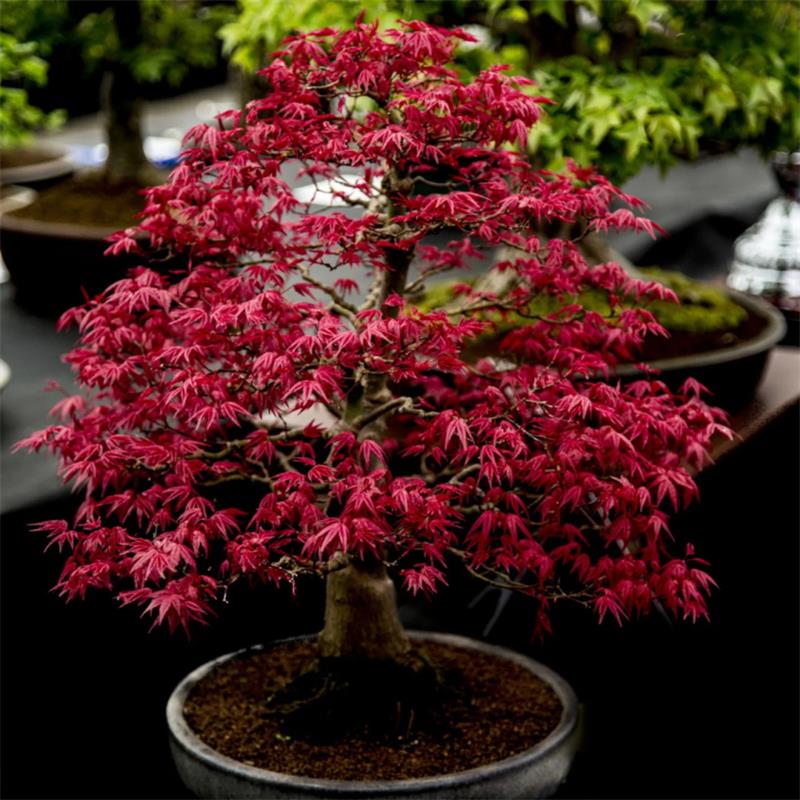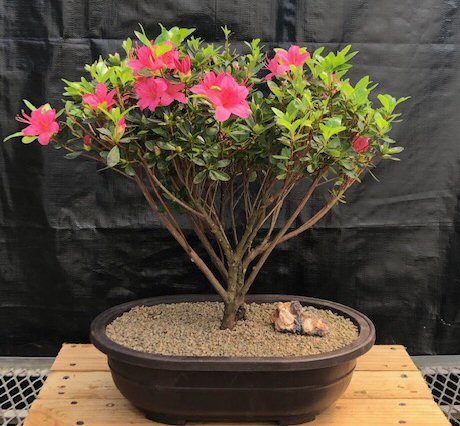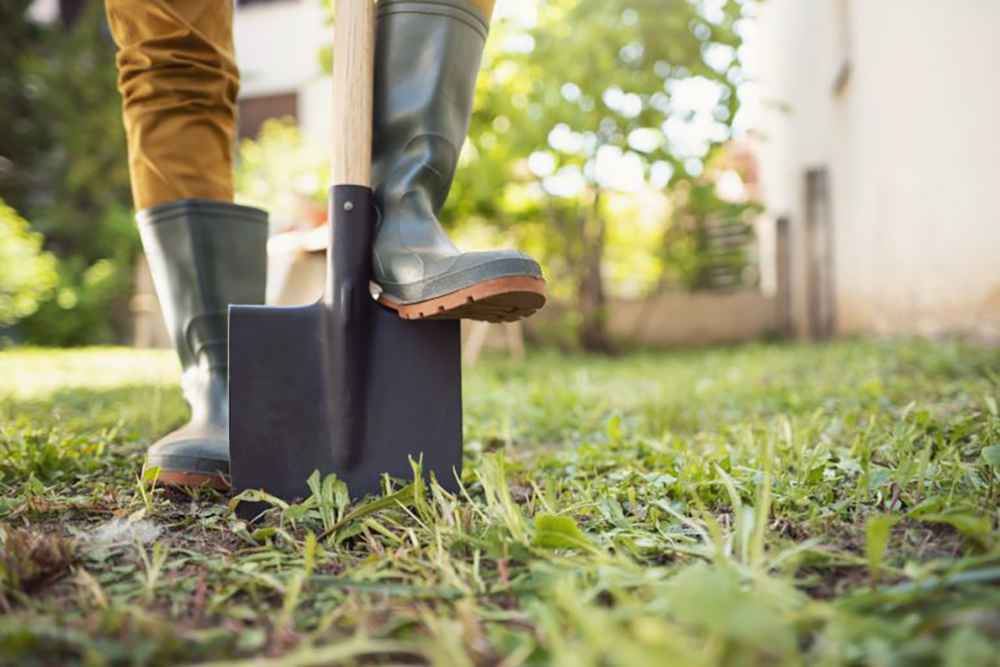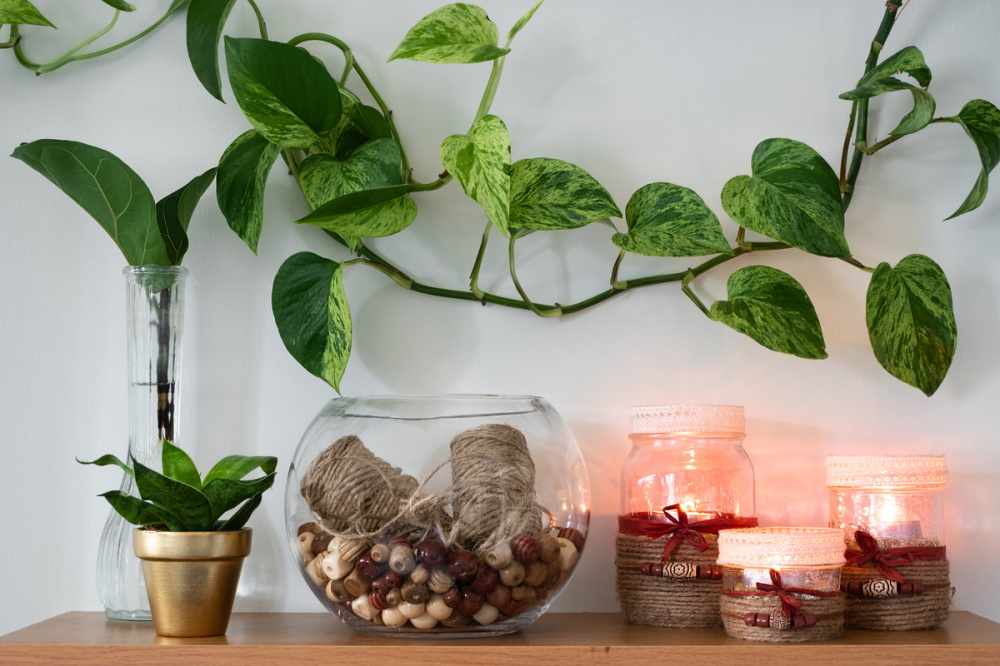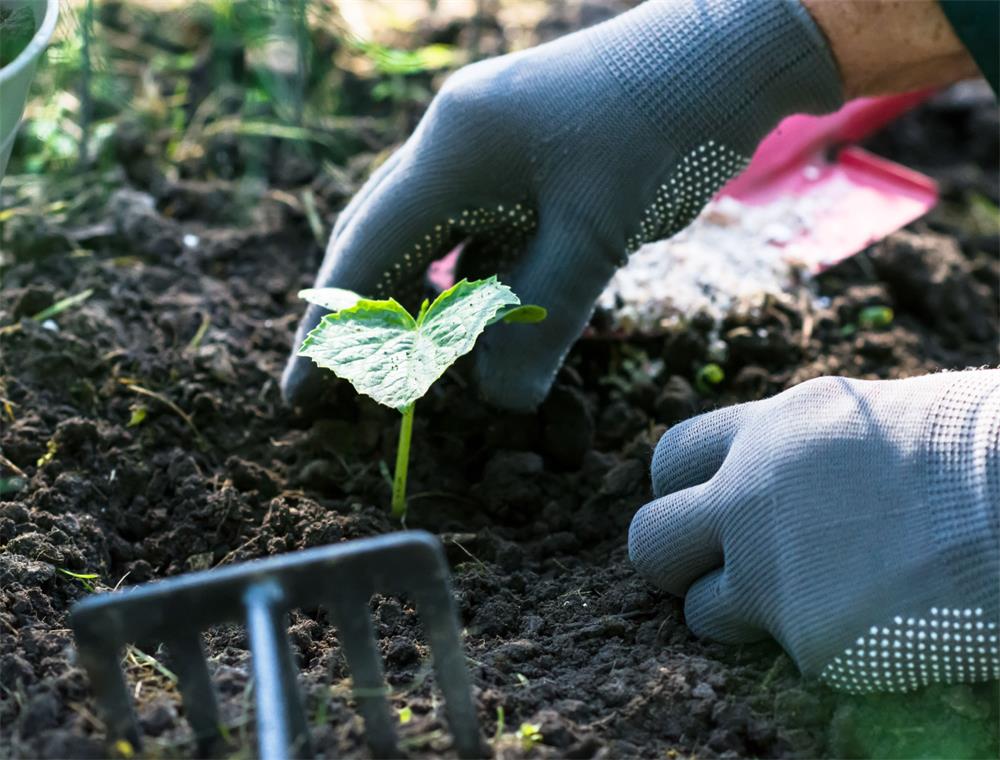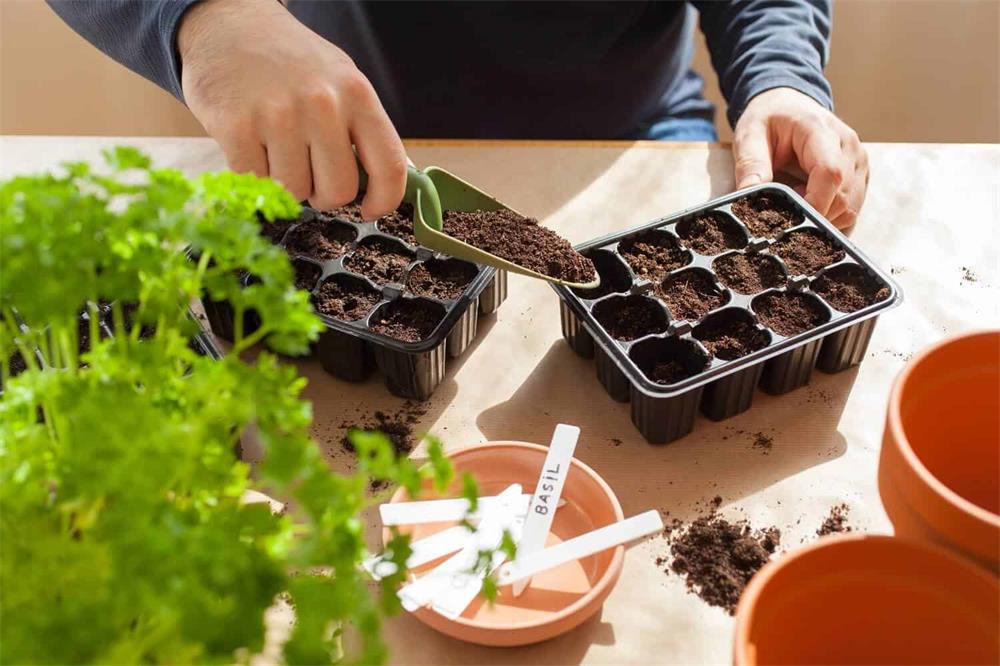
Table of Contents
Ferns are ancient plants that have been around for millions of years. They have delicate and feathery foliage that can add a touch of elegance and freshness to any indoor space. However, ferns are also notoriously difficult to keep alive indoors. They have specific needs that may not match the typical home environment.
If you love ferns and want to grow them successfully indoors, you need to follow some expert tips that can help you keep them healthy and beautiful. Here are some of the most important things you need to know about caring for ferns indoors.
1. Choose the Right Potting Mix
One of the most crucial factors for keeping ferns alive indoors is the potting mix. Ferns need a potting mix that can retain moisture but also drain well. Most ferns are native to the forest floor, where they grow in rich and loamy soil that is constantly moist but not soggy.
To create a suitable potting mix for ferns, you can use an all-purpose potting soil and add some perlite or vermiculite to improve drainage and aeration. You can also add some peat moss or coco coir to increase water retention and acidity. A good ratio is three parts potting soil, one part perlite or vermiculite, and one part peat moss or coco coir.
You should also choose a pot that has drainage holes and a saucer to catch the excess water. Avoid using terracotta pots, as they can dry out the soil too quickly. Plastic or ceramic pots are better options for ferns.
2. Water Your Ferns Properly
Another key factor for keeping ferns alive indoors is watering. Ferns need consistent moisture in their soil, but they also hate being overwatered or underwatered. Both extremes can cause root rot, leaf drop, or browning of the fronds.
To water your ferns properly, you need to check the soil regularly and water only when the top inch feels dry to the touch. You can use your finger or a moisture meter to test the soil moisture level. You should water thoroughly until water drains out of the bottom of the pot, and then empty the saucer to prevent waterlogging.
You should also mist your ferns frequently with a spray bottle or place them on a tray of pebbles with water to increase humidity around them. Ferns love high humidity, as it mimics their natural habitat. You can also use a humidifier or group your ferns with other plants to create a humid microclimate.
3. Provide Enough Light
Another important factor for keeping ferns alive indoors is light. Ferns need enough light to photosynthesize and grow, but they also need to avoid direct sunlight that can scorch their fronds. Most ferns prefer bright indirect light or medium light, which means they should be placed near a window that does not receive direct sun.
Some ferns can tolerate low light for short periods, but they may lose their color and become leggy over time. You should avoid placing your ferns in dark corners or rooms with no windows, as they will not thrive there. You can also use artificial lights such as fluorescent bulbs or LED grow lights to supplement natural light if needed.
4. Fertilize Your Ferns Moderately
Another factor that can affect the health and growth of your ferns indoors is fertilization. Ferns need some nutrients to produce new leaves and flowers, but they also need to avoid overfertilization that can burn their roots or cause salt buildup in the soil.
To fertilize your ferns moderately, you should use a balanced liquid fertilizer diluted to half strength or a slow-release granular fertilizer applied according to the package directions. You should fertilize your ferns only during their active growing season, which is usually from spring to fall. You should stop fertilizing your ferns during winter, when they are dormant or slow down their growth.
You should also flush your ferns’ soil every few months with plain water to leach out any excess salts or minerals that may accumulate from fertilization or tap water. This will help prevent nutrient toxicity or deficiency in your ferns.
5. Prune Your Ferns Regularly
The last factor that can help you keep your ferns alive indoors is pruning. Ferns need regular pruning to remove dead, damaged, or diseased fronds and maintain their shape and size. Pruning can also encourage new growth and improve air circulation around your ferns.
To prune your ferns regularly, you should use clean and sharp scissors or pruning shears and cut off the fronds at the base of the stem. You should prune your ferns as needed throughout the year, but especially in spring before new growth emerges.
You should also repot your ferns when they become rootbound or outgrow their pots. This will give them more room to grow and fresh soil to thrive in. You should repot your ferns in spring or summer, using a slightly larger pot and the same potting mix as before. You should also divide your ferns if they are too large or crowded, and share the extra plants with your friends or family.
Summary
Ferns are beautiful and graceful plants that can enhance any indoor space. However, they are also notoriously difficult to keep alive indoors. They have specific needs that may not match the typical home environment.
To keep your ferns alive and happy indoors, you need to follow some expert tips that can help you provide them with the best conditions possible. Here are some of the most important things you need to know about caring for ferns indoors:
- Choose the right potting mix that can retain moisture but also drain well.
- Water your ferns properly when the top inch of the soil feels dry, and mist them frequently to increase humidity.
- Provide enough light that is bright indirect or medium, but avoid direct sun that can scorch their fronds.
- Fertilize your ferns moderately during their active growing season, and flush their soil every few months to leach out excess salts.
- Prune your ferns regularly to remove dead or damaged fronds and maintain their shape and size.



